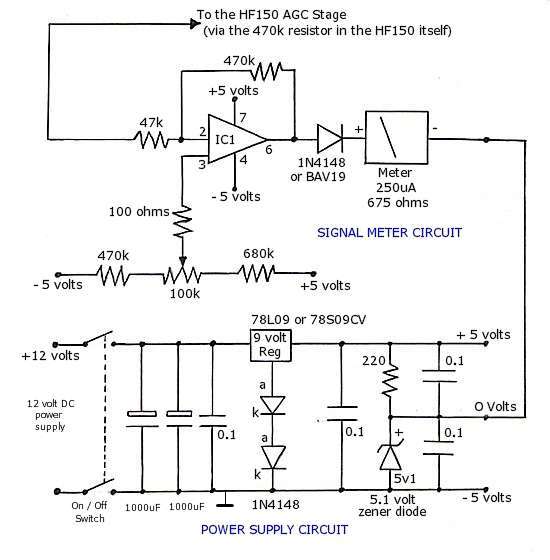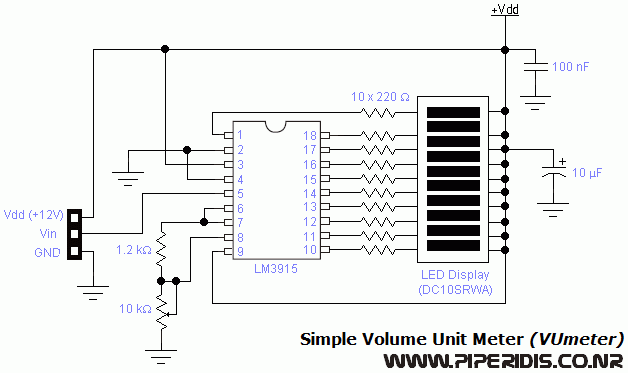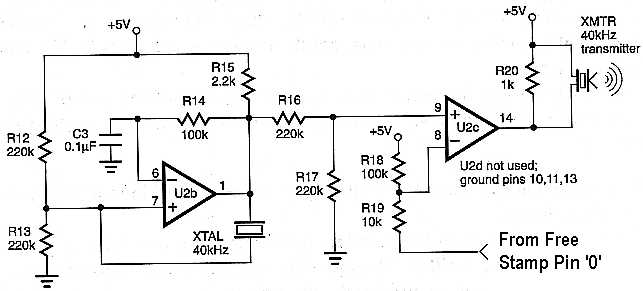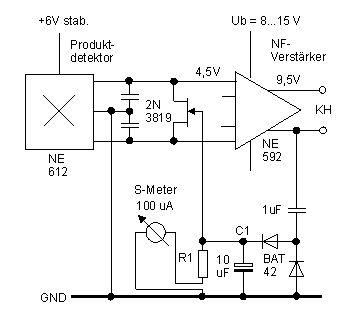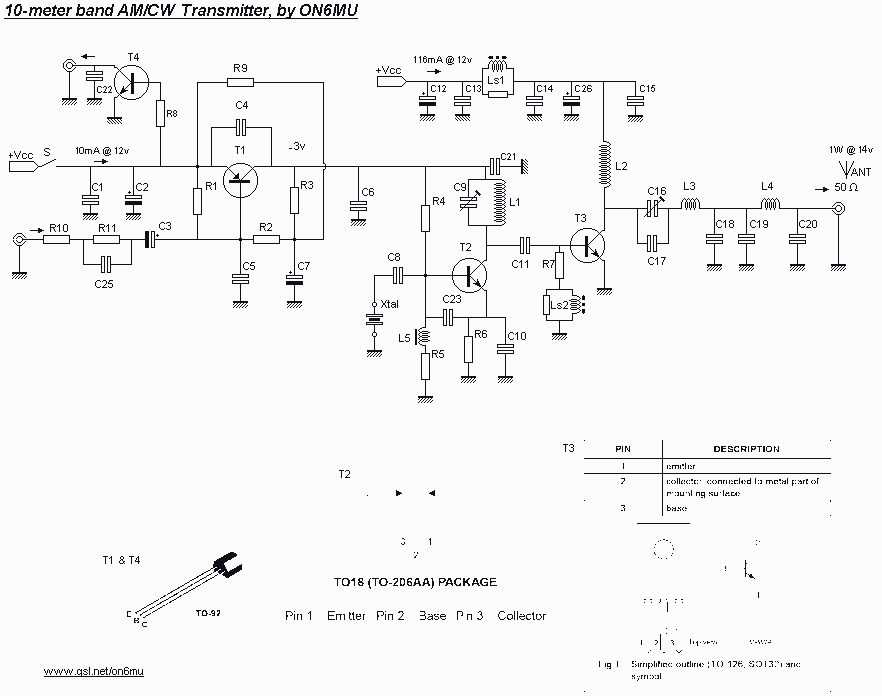
EXTENDED RANGE VU METER
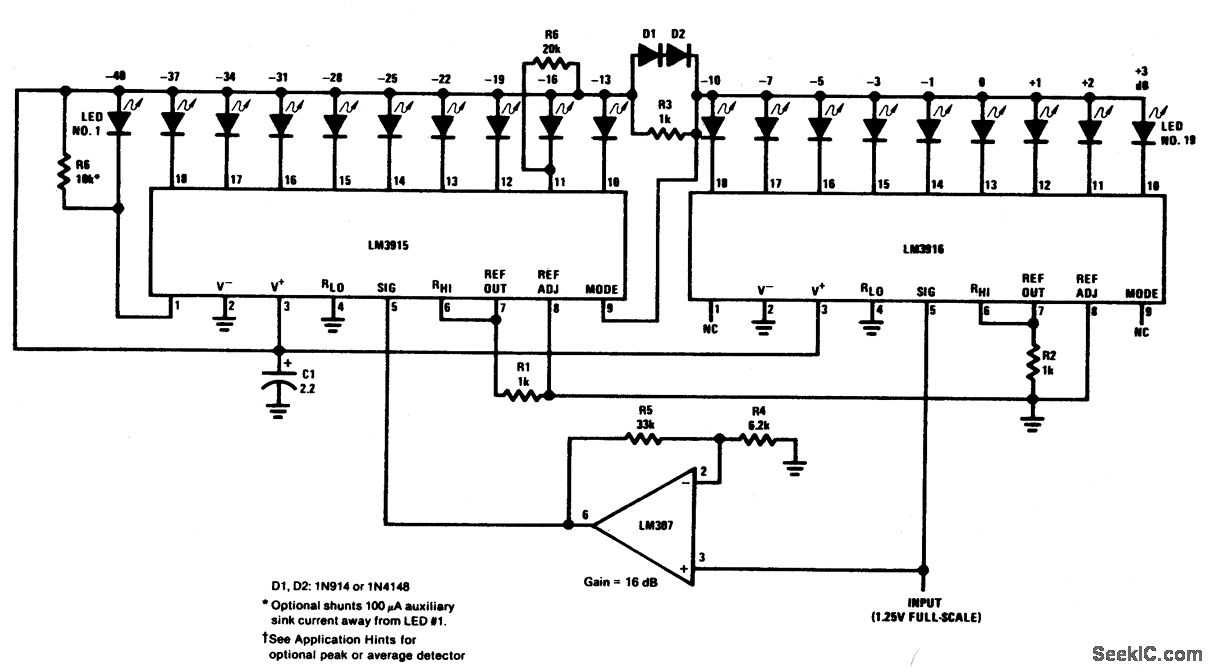
This circuit can be utilized as a small beacon or marker light, as well as for toys or novelty items. R1 is a light-dependent resistor (LDR) that has a dark resistance of greater than or equal to 10 kΩ, or it can be replaced with a cadmium sulfide (CDS) photocell. C1 determines the flash rate.
The circuit operates by using the light-dependent resistor (LDR) R1, which changes its resistance based on the ambient light levels. In low light conditions, the resistance of R1 increases, allowing more current to flow through the circuit. This change in current is used to charge capacitor C1, which is responsible for controlling the flash rate of the beacon.
When C1 charges to a certain voltage, it triggers a transistor or a similar switching component (not explicitly mentioned in the original description) to turn on an LED or another light source, creating a flashing effect. The flash rate can be adjusted by changing the capacitance of C1; a larger capacitor will result in a slower flash rate, while a smaller capacitor will increase the frequency of the flashes.
This circuit can be powered by a simple battery source, making it suitable for portable applications. Additionally, the use of an LDR allows the circuit to operate automatically based on surrounding light conditions, making it ideal for use in toys or novelty items that require a visual indicator or effect. The simplicity of the design allows for easy integration into various projects, providing an engaging and interactive experience.This circuit can be used as a small beacon or marker light, amd toys or novelty items. R1 is an LDR that has‰¥10 k © dark-resistance, or a CDS photocell. C1 determines the flash rate. 🔗 External reference
The circuit operates by using the light-dependent resistor (LDR) R1, which changes its resistance based on the ambient light levels. In low light conditions, the resistance of R1 increases, allowing more current to flow through the circuit. This change in current is used to charge capacitor C1, which is responsible for controlling the flash rate of the beacon.
When C1 charges to a certain voltage, it triggers a transistor or a similar switching component (not explicitly mentioned in the original description) to turn on an LED or another light source, creating a flashing effect. The flash rate can be adjusted by changing the capacitance of C1; a larger capacitor will result in a slower flash rate, while a smaller capacitor will increase the frequency of the flashes.
This circuit can be powered by a simple battery source, making it suitable for portable applications. Additionally, the use of an LDR allows the circuit to operate automatically based on surrounding light conditions, making it ideal for use in toys or novelty items that require a visual indicator or effect. The simplicity of the design allows for easy integration into various projects, providing an engaging and interactive experience.This circuit can be used as a small beacon or marker light, amd toys or novelty items. R1 is an LDR that has‰¥10 k © dark-resistance, or a CDS photocell. C1 determines the flash rate. 🔗 External reference
